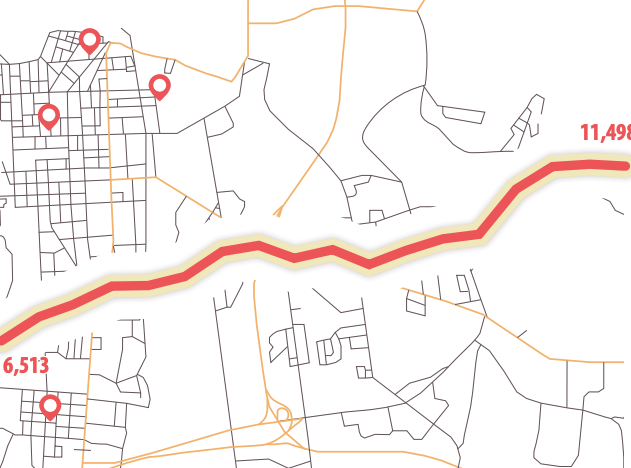01 Feb 2019•Recovery Residences
Housing: A Critical Link to Recovery
Vermont has a serious Substance Use Disorder problem affecting more than 52,000 residents, or one in 10 individuals over age 12. Only the District of Columbia has a higher concentration of substance use disorder.
The consultant estimates that roughly 1,200 individuals, or about 14% of the Vermonters entering treatment for an SUD in 2017, would benefit from access to a RR as a means of transition from a residential treatment facility or to support their recovery while in nonresidential treatment.
Vermont’s RR supply currently offers its form of transitional housing to just 2% of those leaving treatment each year. These 212 beds are disproportionately located in Burlington or Brattleboro. Several treatment hubs1 have no RR option. Only one residence accommodates women with dependent children despite the fact that this sub-group represents a significant share of those in treatment.
Vermonters with SUDs and their families are among our most vulnerable neighbors. Though the disorder affects individuals at all income levels, those with SUDs are overwhelmingly poor. More than 3/4 of Vermonters in treatment today are Medicaid-eligible, placing nearly all of them in the category of Extremely Low Income. Housing instability represents one of the greatest external hurdles to a recovery that is already inherently difficult.
DOWNLOAD The consultant estimates that roughly 1,200 individuals, or about 14% of the Vermonters entering treatment for an SUD in 2017, would benefit from access to a RR as a means of transition from a residential treatment facility or to support their recovery while in nonresidential treatment.
Vermont’s RR supply currently offers its form of transitional housing to just 2% of those leaving treatment each year. These 212 beds are disproportionately located in Burlington or Brattleboro. Several treatment hubs1 have no RR option. Only one residence accommodates women with dependent children despite the fact that this sub-group represents a significant share of those in treatment.
Vermonters with SUDs and their families are among our most vulnerable neighbors. Though the disorder affects individuals at all income levels, those with SUDs are overwhelmingly poor. More than 3/4 of Vermonters in treatment today are Medicaid-eligible, placing nearly all of them in the category of Extremely Low Income. Housing instability represents one of the greatest external hurdles to a recovery that is already inherently difficult.

